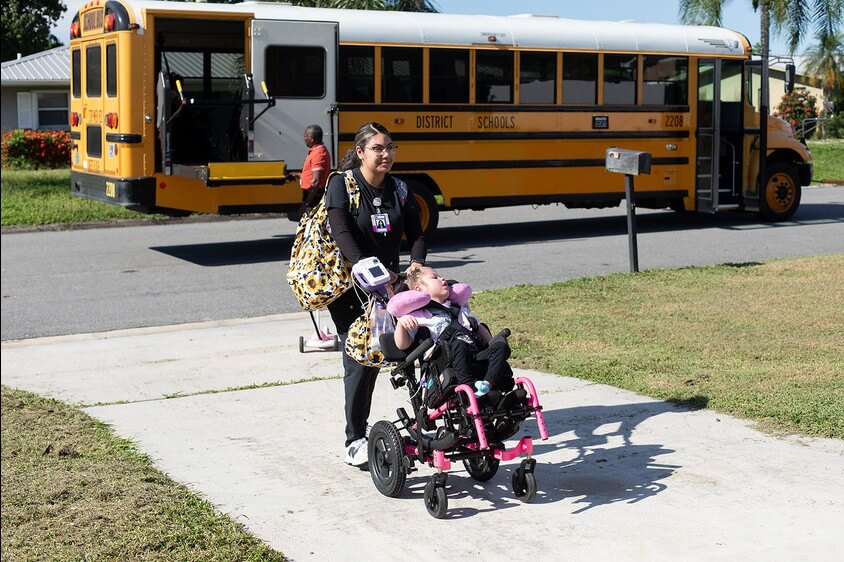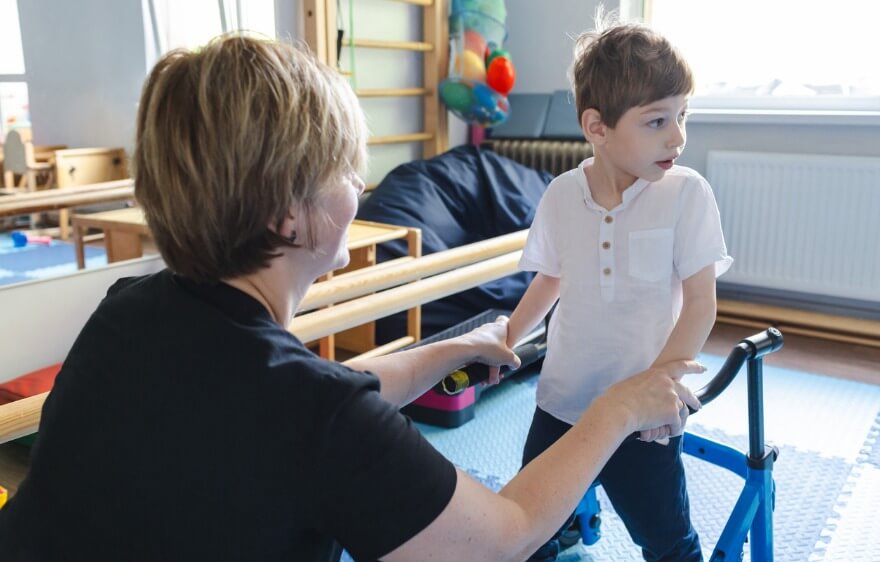Workloads are high right now. You know it, we know it, everyone knows it. You also know that we can sit here all day and talk about the issue, but admiring the problem does nothing to solve it. Which, if you’re like me, leaves you with the question, “What can we do about it?”
Good news: this is far from a hopeless situation. There are quick fixes for immediate relief, which tear off the head of the dandelion so the situation doesn’t get any worse. But you and I both know that, unless you get at the root, that weed will be back in short order. So let’s spend some time getting at the root. Let’s talk about prevention.
Wait . . . what??
Yes, it sounds like a bit of a paradox. But in reality, prevention can make a significant and meaningful difference in the long-term. Salem-Keizer Public Schools understood this and in the 2012-2013 school year clarified the role SLPs could take in implementing prevention efforts to better control workload demands.
This process started in the early Spring of 2012 with an informal survey of district SLPs, which I helped design. The survey results revealed that the majority of respondents were either unclear or unable to provide prevention services within their school building. We convened a work group to process the survey results and ultimately recommended that an SLP should utilize up to 10% of FTE assigned to a building for prevention efforts. Administration approved the recommendation, and our prevention effort was off and running.
Over the next 6 months, SLPs around the district were free to implement a variety of prevention efforts. Here are some examples of what they did:
- Facilitation of class-wide articulation instruction for kindergarteners via whole-group instruction or a ‘station rotation’ model (one of the ‘stations’ is the sound development table).
- Mini sessions with parents and their at-risk children, applying the Hanen paradigm of parent coaching
- Collaboration with teachers and grade-level teams for more push-in work in the classrooms
- Work with low reading groups in K-1 on phonological awareness and early literacy skills
- Vocab instruction with 2-3 graders, modeling methods for teachers and explicitly teaching kids strategies for learning, remembering, and using new words
The work group reconvened at the end of the school year and developed a survey to assess how well the program had worked. Here’s what they found:
- 60% of SLPs offered prevention services when given the opportunity to do so
- 41% of SLPs reported receiving fewer referrals
- 100% of building principals were aware of and supported the prevention efforts
Beyond the numbers, though, the SLPs offered valuable comments about both the challenges and triumphs of implementing change. They shared feedback about the downside of the program, saying things like
“Implementing this in my first year at this building was tough. New person with new ideas can be difficult to understand and embrace.”
and
“My high workload right now has prevented me in not completing as many screenings should have been done.”
But they also shared their triumphs, saying
“I have found teachers are committed to whatever is best for the student . . .”
and
“My principal is willing to support anything I can support with my data/research.”
and
“I have included my changes as part of my personal professional development plan.”
In general, the response to this project was overwhelmingly positive. Most specialists reported planning to continue prevention efforts and anticipated seeing results (i.e. fewer referrals) the following fall. This was especially true for those SLPs who focused their efforts in kindergarten classrooms, given the high rate of referrals that is typical for first graders.
Still wondering how this all relates to a smaller workload? When SLPs are empowered to spend a portion of their time working with at-risk students and building capacity by collaborating with teachers, fewer referrals will be made. Fewer referrals made leads to fewer students moving through the referral-evaluation-eligibility cycle. Fewer students moving through that cycle means increased time for SLPs to focus on helping the students already on their caseload and attending to their other responsibilities. That is how prevention results in smaller workloads down the road.
But wait! There’s more! I’ll be back next month with a look at another innovative approach to reducing workload — what would happen if SLPs set a dismissal date, in advance, for every artic student on their caseload? We know because we helped a group of SLPs do just this . . . you won’t believe what we learned. And we can’t wait to share.






